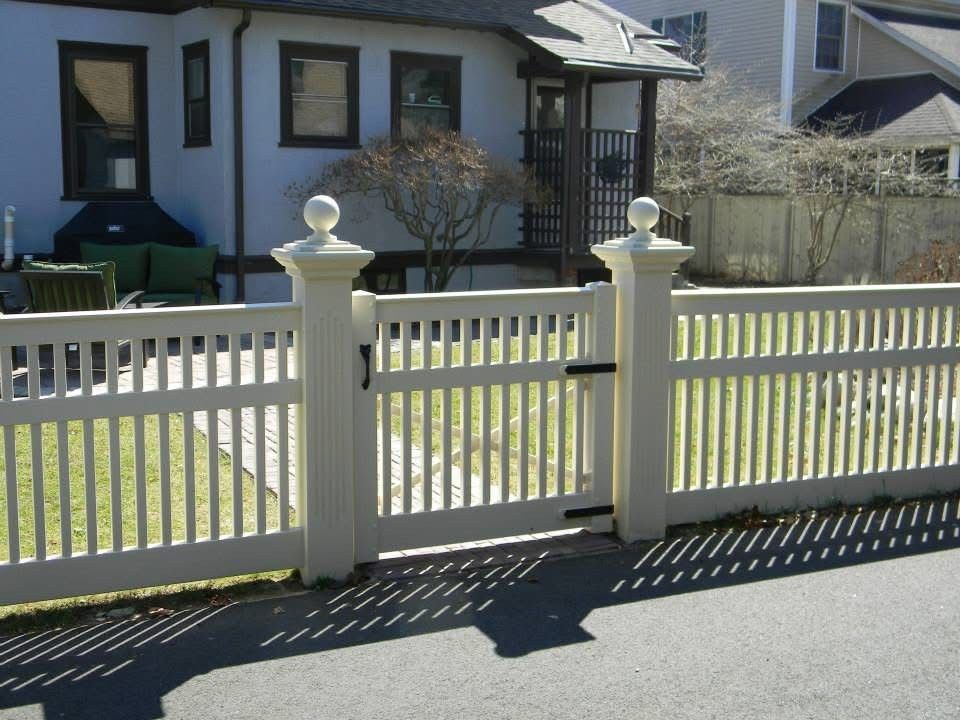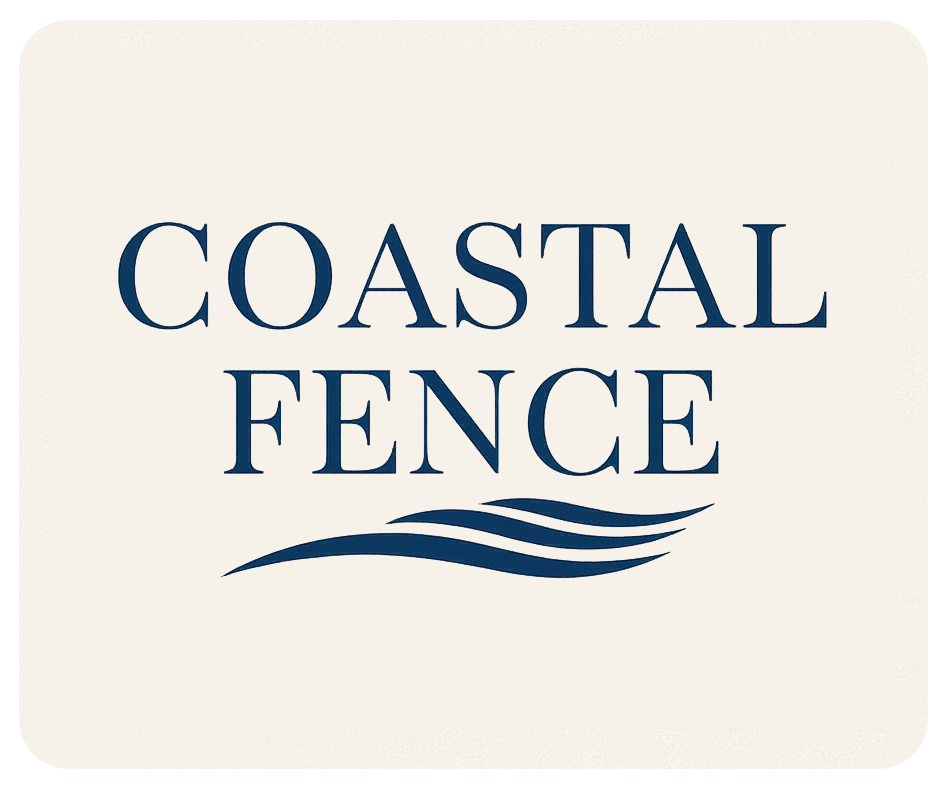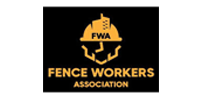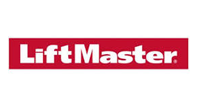October 6, 2025
Hiring a fence company can feel like a big step for any homeowner. Whether the goal is to enhance privacy, secure pets, or simply boost curb appeal, professional help ensures the project is completed with quality and efficiency. Many people start the process unsure of what to expect, but with the right guidance, you’ll be better prepared to make confident choices and enjoy the results for years to come.
This guide will walk you through every stage of the experience. From the very first consultation to the long-term maintenance of your new fence, you’ll learn what typically happens along the way. With a clear understanding of the process, you’ll be able to avoid surprises, ask smart questions, and enjoy peace of mind as your project comes to life.
Consultation
The first step in working with a professional is the consultation, which sets the tone for the entire project. This is usually when the company sends a representative to your home to understand your needs, evaluate your property, and discuss potential solutions. Homeowners can expect questions about preferred styles, material options, budget ranges, and any special considerations, like pets, security, or landscaping features. A quality consultation is more than a sales pitch; it’s an opportunity to gather information and build trust with the contractor.
This stage is also where you get to ask your own questions. Be prepared to ask about timelines, warranties, and prior experience. It’s also smart to request references or to see examples of previous work. The consultation ensures both you and the contractor are aligned, preventing confusion later in the project. Ultimately, this step lays the foundation for smooth collaboration.
Preparation
Before construction begins, there’s an important preparation stage that ensures the project stays on track. The contractor will usually verify property lines, obtain necessary permits, and check local regulations or HOA requirements. Without these steps, you could face fines, disputes with neighbors, or even the need to redo the work. Some preparation may also involve arranging for underground utility checks, which are critical for safety.
Homeowners can also prepare by clearing the project area. This may mean moving outdoor furniture, trimming back vegetation, or removing an existing fence. These tasks might seem minor, but they save time and help the crew work more efficiently. Good preparation not only prevents delays but also creates a safer work environment for the installers. Think of this stage as setting the stage for everything that comes next.
Selection
One of the most exciting parts of the process is selecting the right fence material and design. Options often include wood for a classic look, vinyl for durability, chain link for functionality, or aluminum for a modern feel. Each material has its own strengths, weaknesses, and maintenance requirements. Homeowners should balance style preferences with practical needs like longevity, cost, and upkeep.
Beyond materials, the design itself matters. The height, spacing, and decorative features all contribute to the fence’s function and appearance. A good contractor will explain how different designs impact both security and curb appeal. Taking the time to make thoughtful choices here ensures you’ll be satisfied with the results for years to come. The right selection aligns with your lifestyle and budget while complementing the overall look of your home.
Estimate
Once materials and design are chosen, the next step is receiving an estimate. A professional will calculate costs based on labor, materials, and the overall length of your fence. According to Forbes, most backyards measure between 150 and 210 linear feet, which gives you an idea of how contractors often arrive at their pricing. The estimate should be detailed and transparent, showing where your money is going.
It’s important to review estimates carefully and compare them with others if possible. Watch out for unusually low quotes, as these may hide extra fees or signal poor-quality materials. Ask questions if something doesn’t make sense; good companies will be happy to explain. An accurate estimate provides clarity, reduces surprises, and allows you to plan your budget more effectively.
Installation
The installation process is where your plans begin to take physical shape. Depending on the material, this stage can take anywhere from a few days to a week or more. Crews typically begin by setting posts, which must be leveled and secured in concrete. Afterward, panels or rails are added, creating the structure of the fence. Each step requires precision to ensure long-term stability and a polished appearance.
Challenges sometimes arise during installation, such as poor weather, uneven ground, or hidden obstacles like tree roots and rocks. A reliable contractor will communicate these challenges and adjust as needed while keeping the project moving forward. Homeowners should expect some noise and activity during this stage, but the payoff is worth it. By the end of installation, you’ll see a dramatic transformation in your outdoor space.
Communication
Strong communication throughout the process is essential for a smooth experience. A good contractor will provide updates on progress, timelines, and any unexpected issues. This keeps you informed and helps build trust. Knowing when to expect workers on your property and understanding the schedule prevents frustration and confusion.
Homeowners also play a role in communication. If your schedule changes or if you have concerns about materials or design, it’s important to speak up early. Clear, respectful communication allows adjustments to be made quickly. This two-way dialogue ensures the final product matches your vision and avoids unnecessary stress along the way.
Inspection
After the fence is installed, a thorough inspection ensures everything meets expectations. A walkthrough with the contractor allows you to check for stability, alignment, and overall quality. Pay close attention to gates, which are often the most used and most vulnerable components. Make sure everything functions smoothly and feels secure.
This stage also involves reviewing warranties and care instructions. Reputable contractors will provide documentation and be willing to answer follow-up questions. The inspection is your chance to address any issues before the job is officially completed. Taking it seriously guarantees you get the quality and value you paid for.
Maintenance
Even the best fences require some level of maintenance to stay in great shape. Wood fences may need staining or sealing every few years, while vinyl and aluminum usually just require cleaning. Chain link fences are durable but may need occasional tightening or repairs if damaged. Understanding what your specific fence requires helps extend its lifespan.
Many contractors also offer repair services, which can save time when problems arise. Don’t hesitate to call the same team that built your fence if you notice loose posts, sagging sections, or other issues. Consistent upkeep keeps your investment looking sharp and functioning properly. A little maintenance goes a long way in protecting both the beauty and the value of your fence.
Working with a professional ensures that your project is completed with skill, care, and attention to detail. From consultation to maintenance, every stage plays a role in delivering results that fit your needs and budget. Choosing the right fence company means you can look forward to an outdoor upgrade that enhances your home for years to come.
Ready to take the next step toward a stronger, more beautiful property? Contact Coastal Fence today to schedule your consultation and explore your best options. With expert guidance from us, your fencing project will be seamless from start to finish.









